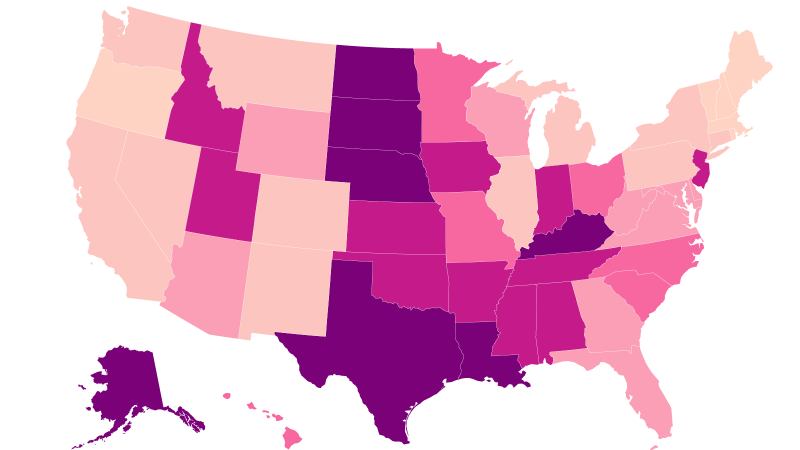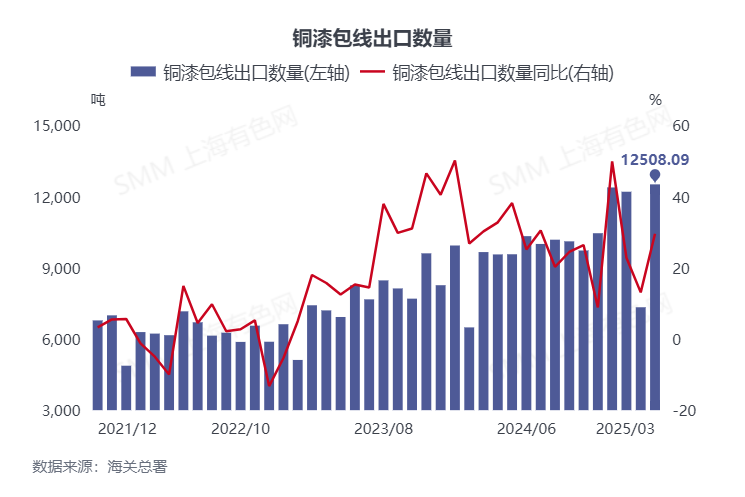While the average American woman is having fewer children than ever, some prominent Americans are advocating to reverse this trend. The US fertility rate — which measures women of reproductive age who gave birth over a a period of time — dropped 12% between 2016 and 2023, reaching historic lows , according to the latest data available from the US Centers for Disease Control and Prevention. At the same time, a pronatalist movement pushing people to have more children is gaining momentum .
US Secretary of Transportation Sean Duffy, who has nine children, recently prioritized infrastructure funding for communities that have higher birth rates. The move sparked concern in some states with lower fertility levels and drew praise from pronatalists who see it as sign the government is taking their cause seriously. Meanwhile Elon Musk, a senior adviser to President Donald Trump and a father of at least 13, has repeatedly encouraged others to have more children and called falling birth rates worldwide a crisis.

CNN analyzed fertility trends over the past eight years, comparing state rates to the national average and identifying states with the highest and lowest rates by region. At a recent event in Texas aimed at brainstorming ways to boost birth rates, organizer Kevin Dolan pointed to the shifting political winds. “The topic of demographic decline clearly matters to Elon Musk, JD Vance, and many others in the Trump administration, which means that the great ideas developed here can get a hearing that would not have been possible last year,” Dolan said.
South Dakota tops the list as the state with the highest fertility rate at 65.64 live births per 1,000 women aged 15–44, and Vermont rounds out the list as the state with the lowest fertility rate of 42.1, according to 2023 CDC data.
As the map shows, the rates vary by region. These tables show those divisions. Click or tap to sort the states by region.
— CNN’s Catherine E. Shoichet and Casey Tolan contributed to this report..
Business

A memo promised more funding for states with higher birth rates. See where your state ranks
















